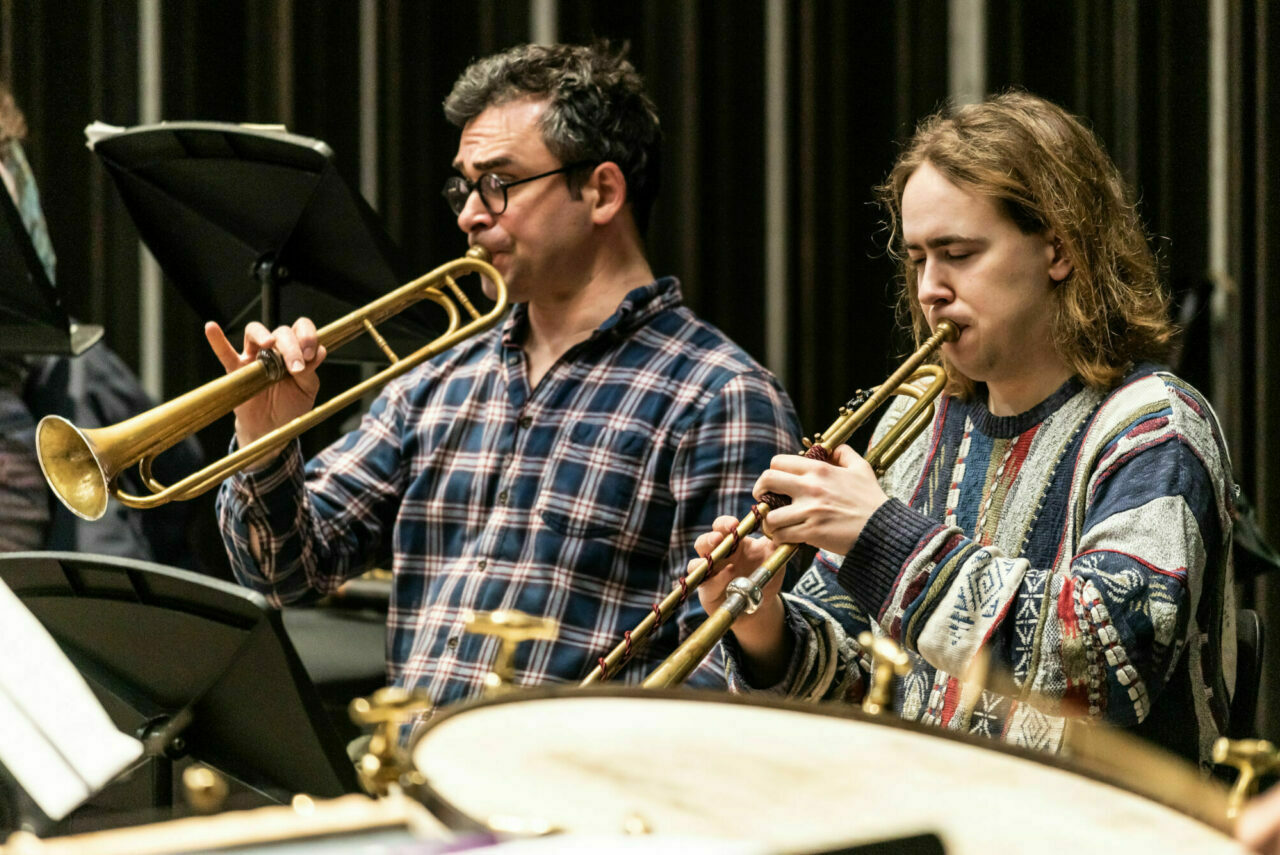Research is very important for the Royal Conservatoire. Especially in the early music department research and performance practice go hand in hand. A great example of this was shown last week when students of the early music department played parts of the famous Concerto Grossi by Corelli, but instead of just the usual string orchestra, there were also trumpets on stage. The findings of harpsichord teacher Fabio Bonizzoni were responsible for this. He tells us about it in this article.
‘My research is digging into the Roman orchestral practice around Corelli. Particularly, it compares the information we have about the instruments playing in the ensembles of the time and the scoring of the surviving compositions. As a matter of fact, there is a discrepancy between the type of instruments involved in the performances and the music that survived, particularly in regard to Corelli's output. Indeed, two or more trumpets seem to have been regularly employed in the music accompanying sumptuous Roman events while almost no instrumental music scores including trumpets have survived.
My research seeks an explanation for this discrepancy and proposes that some existing repertoire for strings only might have included brass instruments in an earlier stage of composition.
The concert has put into practice, very successfully I dare to say, my hypothesis.
The good result of it and the positive opinion expressed by everyone involved, and by the listeners, encourage me to pursue my research even further and to give it a final exposure.
We tried to involve the students with the background of the concerts as much as possible. The rehearsals have been preceded by a lecture in which I informed the participating students about the theory and the research behind it. Actually, the final result of the concert has been the output of an active collaboration between me and the students, trumpets students in particular.
I hope that the example of my research will encourage my students to challenge themselves with something creative and ambitious in their own research activities.’
